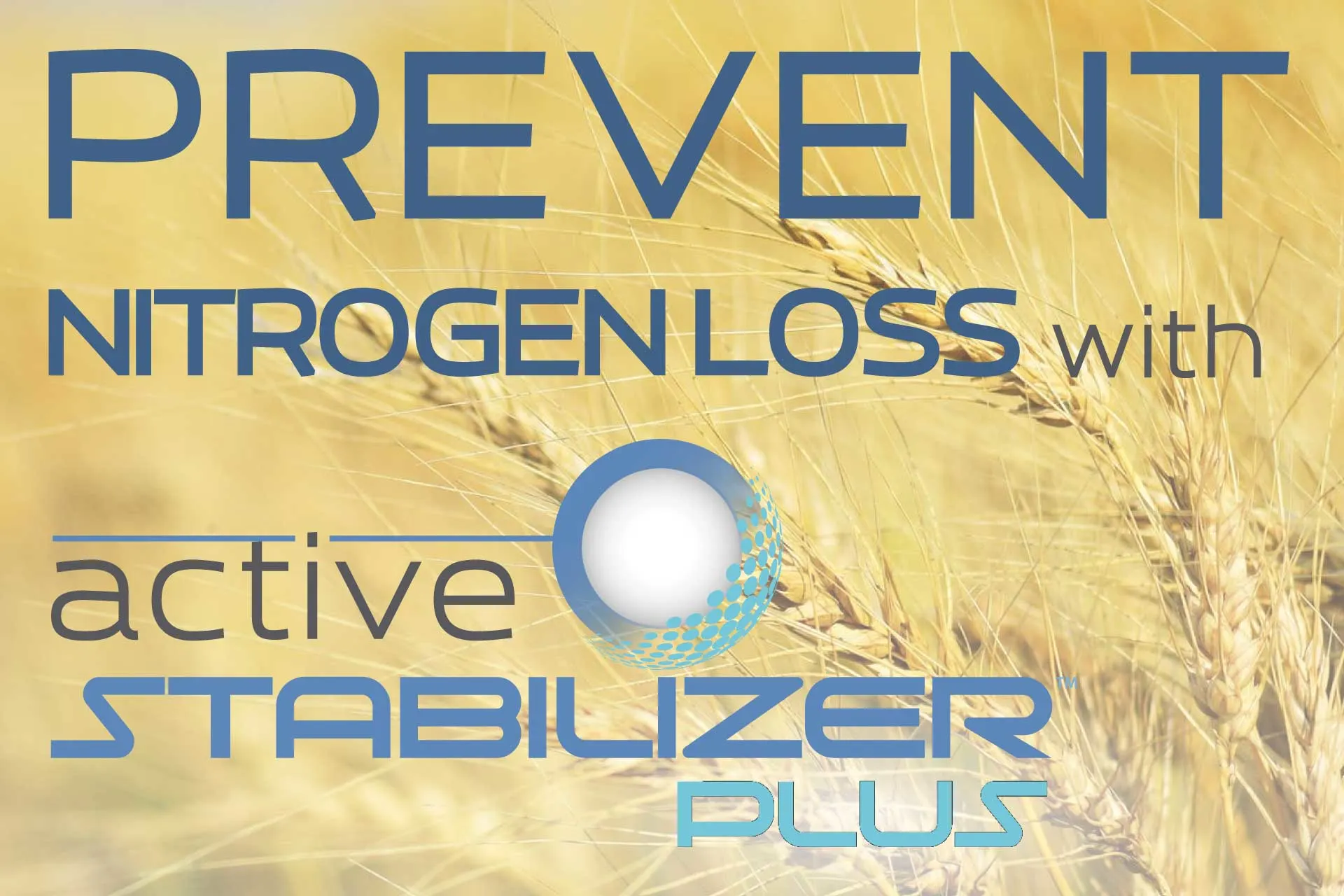
Nitrogen is the most important fertilizer when it comes to crop nutrition management. Nitrogen fertilizer application presents its challenges and often leads to nitrogen losses through runoff, leaching, and volatilization. By inhibiting the breakdown of fertilizer with nitrogen stabilizers, we can effectively mitigate problems related to nitrogen loss. In a world dealing with over population and over pollution, we need to do whatever we can to increase farming efficiency and reduce its environmental impact.
On this page
Nitrogen Technologies
Improvements in synthetic nitrogen fertilizer technologies have allowed us to quickly restore nitrogen in the soil and grow high yield crops year after year. It is estimated that over 48% of the global population is fed by synthetic nitrogen fertilizer.
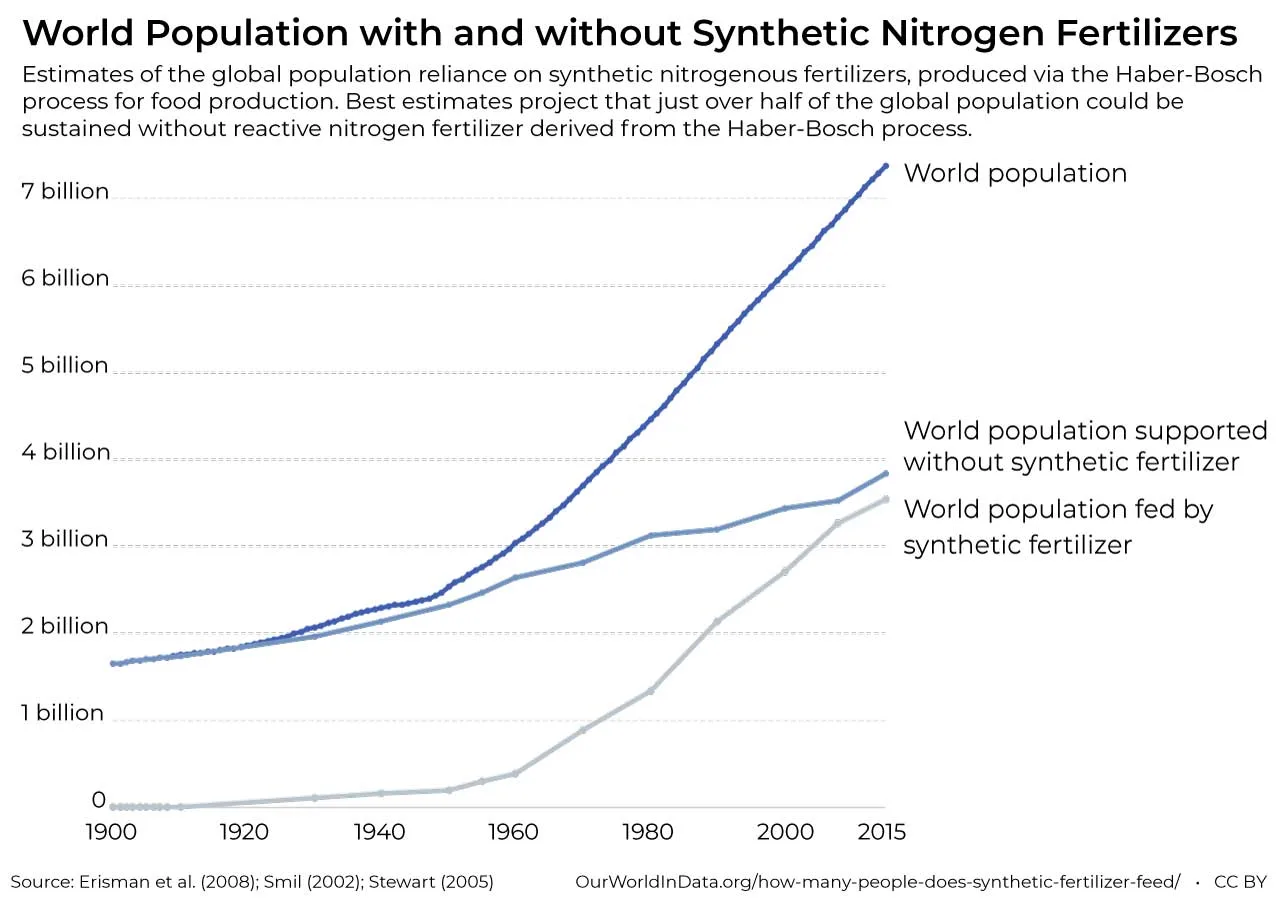
There are two types of nitrogen fertilizers dominating the market today: urea and urea ammonium nitrate (UAN). Urea is a granular nitrogen fertilizer typically applied in the spring before seeding and in the fall after harvest. Urea is a cheaper source of nitrogen, has a higher nutrient load (46% nitrogen), and is easier to store than UAN. Unfortunately, urea is prone to significant nitrogen losses through volatilization if left on the soil surface.
UAN is a liquid nitrogen fertilizer containing three forms of nitrogen: urea, ammonium, and nitrate. UAN is more expensive and contains less nitrogen (28-32% nitrogen) than urea but its liquid form allows it to be mixed with other fertilizers and herbicides and applied throughout the growing season.
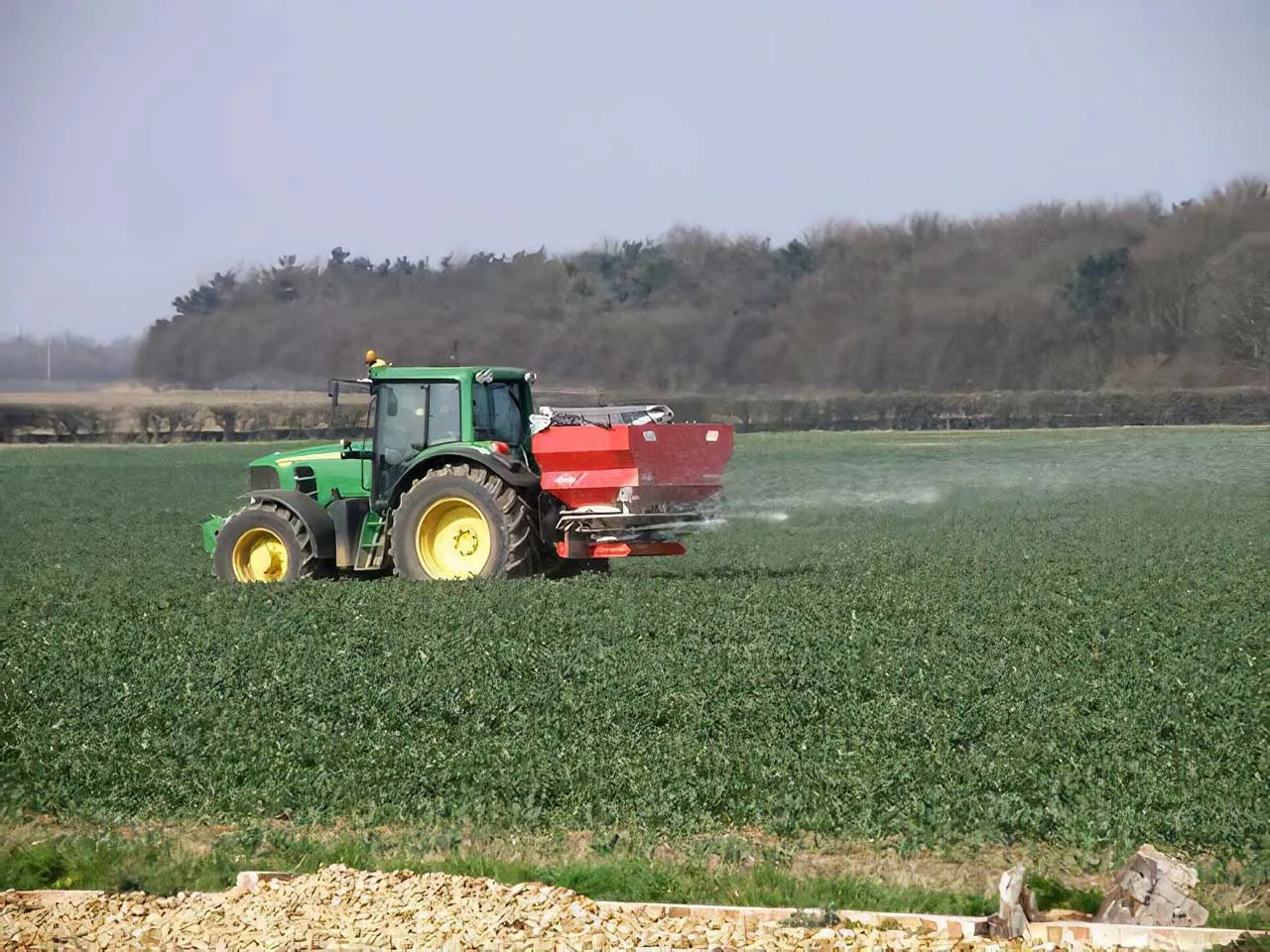
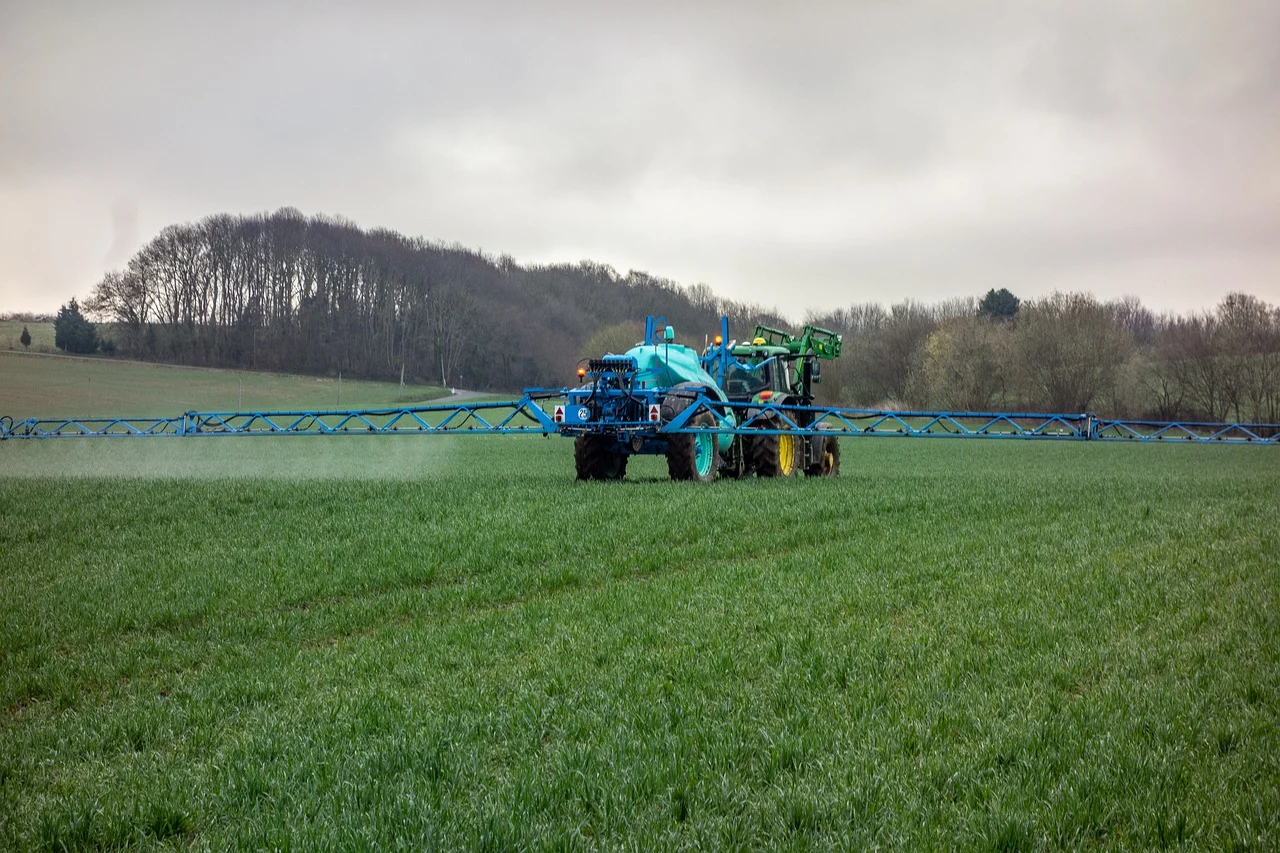
Nitrogen Loss
Synthetic nitrogen is a solution for rapidly replenishing nitrogen in the soil, improving the turn-around time and crop yields. Unfortunately, nitrogen fertilizer can be susceptible to losses through run-off, leaching, and dissipation into the atmosphere. This not only wastes global resources but is also detrimental to the environment.
Volatilization is the process where nitrogen fertilizer is broken down and converted into ammonia or carbon dioxide and released into the atmosphere. Through a process called denitrification, nitrogen fertilizer is converted into nitrous oxide, a greenhouse gas 300 times more potent than carbon dioxide. It is estimated that around 67% of human caused nitrous oxide emissions comes from the agricultural sector. With changes in choices of types of fertilizer, fertilizer timing and other crop management tools, farmers can contribute to a significant decrease in waste and pollution without having to sacrifice yield.
Solutions to Nitrogen Loss
There are several ways to prevent the loss of applied nitrogen. The Four R’s: Right Source, Right Rate, Right Time, and Right Place is a method outlining the importance of applying fertilizer thoughtfully to prevent nitrogen loss and environmental damage. If fertilizer is not applied at the correct amount, when and where the plant needs it, it can be subject to loss.
A technique called banding allows farmers to apply less fertilizer and helps prevent nitrogen loss. With the accuracy of GPS guided equipment, banding is where fertilizer is only applied next to crop rows, 6-8 inches deep, rather than broadcasted throughout the entire field. With fertilizer being worked into the soil it reduces the chance of it volatilizing into the atmosphere.
Practicing minimum tillage and using cover crops (crops grown after harvest) can help prevent soil erosions which would also lead to fertilizer runoff and nutrient loss.
Unforeseen circumstances such as unusual weather conditions and equipment failures could put all that careful planning at risk. Fortunately, there is the catch-all solution of Nitrogen stabilizers. Nitrogen management products are another line of defense, shielding nitrogen fertilizer from the elements that cause it to disappear before plants have a chance to consume it.
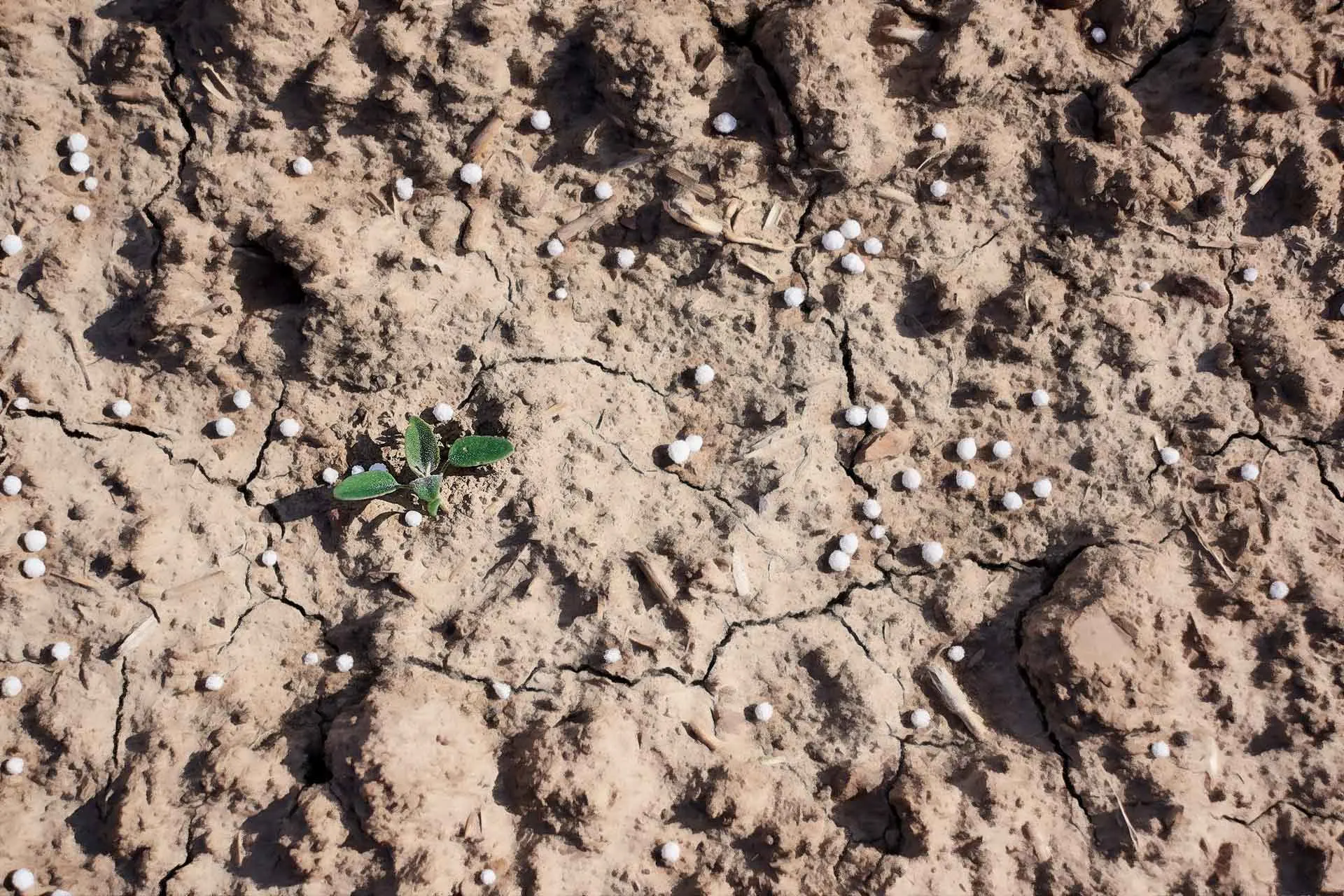
Nitrogen Stabilizers
Nitrogen stabilizers contain chemicals like NBPT (N-(n-butyl) thiophosphoric triamide), DCD (Dicyandiamide), or DMPP (3,4-Dimethylpyrazole phosphate). These chemicals inhibit the conversion of synthetic nitrogen fertilizer to unstable forms, leading to nitrogen loss.
NBPT specifically prevents ammonia volatilization, the process where ammonium is converted to a gaseous form, ammonia.
DCD prevents nitrogen loss through nitrification. Nitrification is the process of ammonium conversion into nitrate. Nitrate is unstable and can leach into waterways or be further converted into nitrous oxide and dissipate into the atmosphere. While DCD can prevent nitrification up to 50 days, it is highly mobile in the soil and bioaccumulation can occur in plants and animals if not used carefully.
DMPP is the next generation of nitrification inhibitors. Compared to DCD, DMPP offers superior efficacy with no risk of bioaccumulation. With an extended soil activity of up to 70 days and without the environmental risk, DMPP is the better choice over DCD as a nitrification inhibitor.
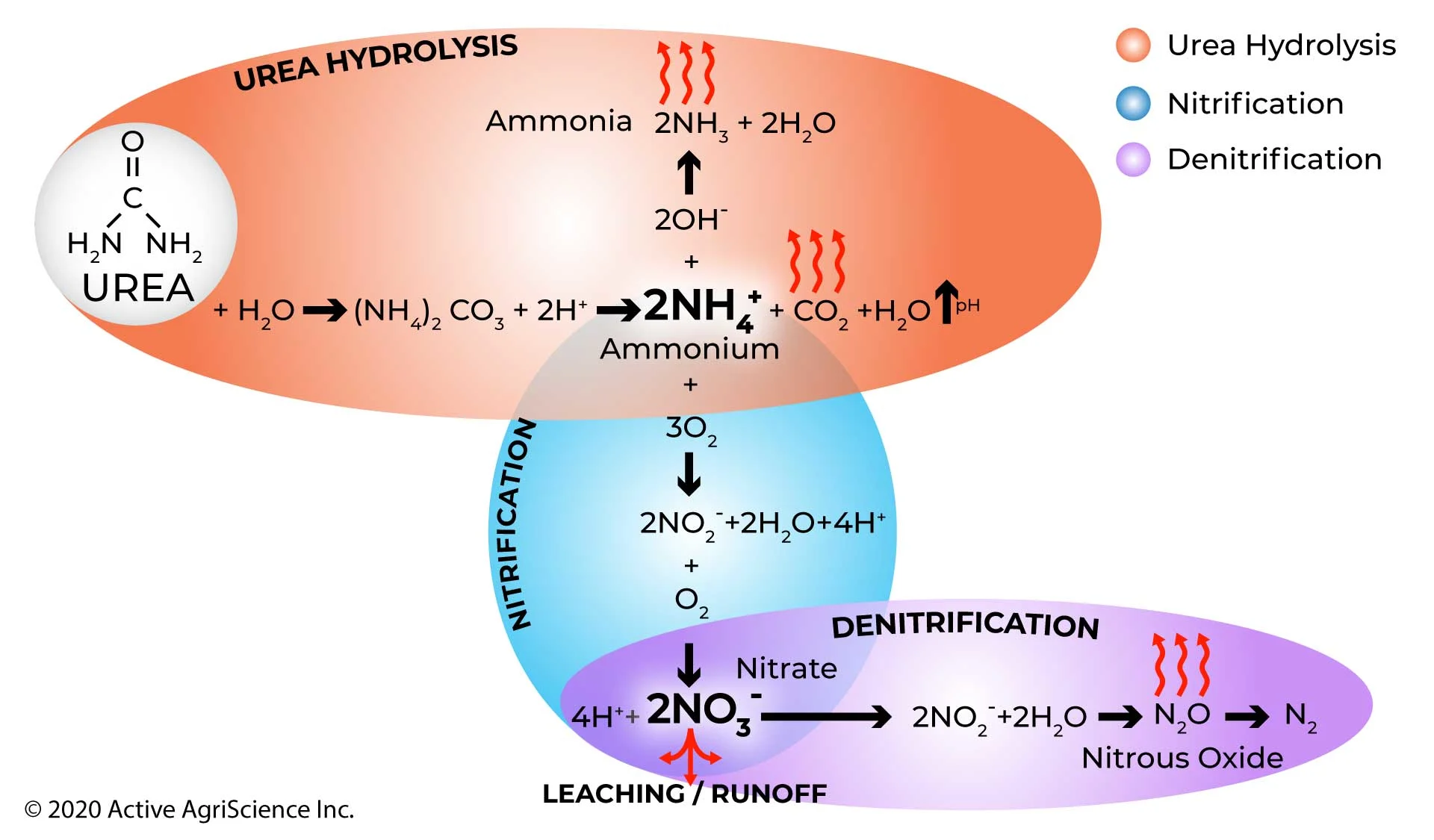
While nitrogen stabilization is not a new concept, many nitrogen stabilizers on the market today are expensive and there may not be enough of a return on investment each year to risk using it on broad acreage. Active AgriScience addressed this issue with the introduction of Active STABILIZER™ PLUS.
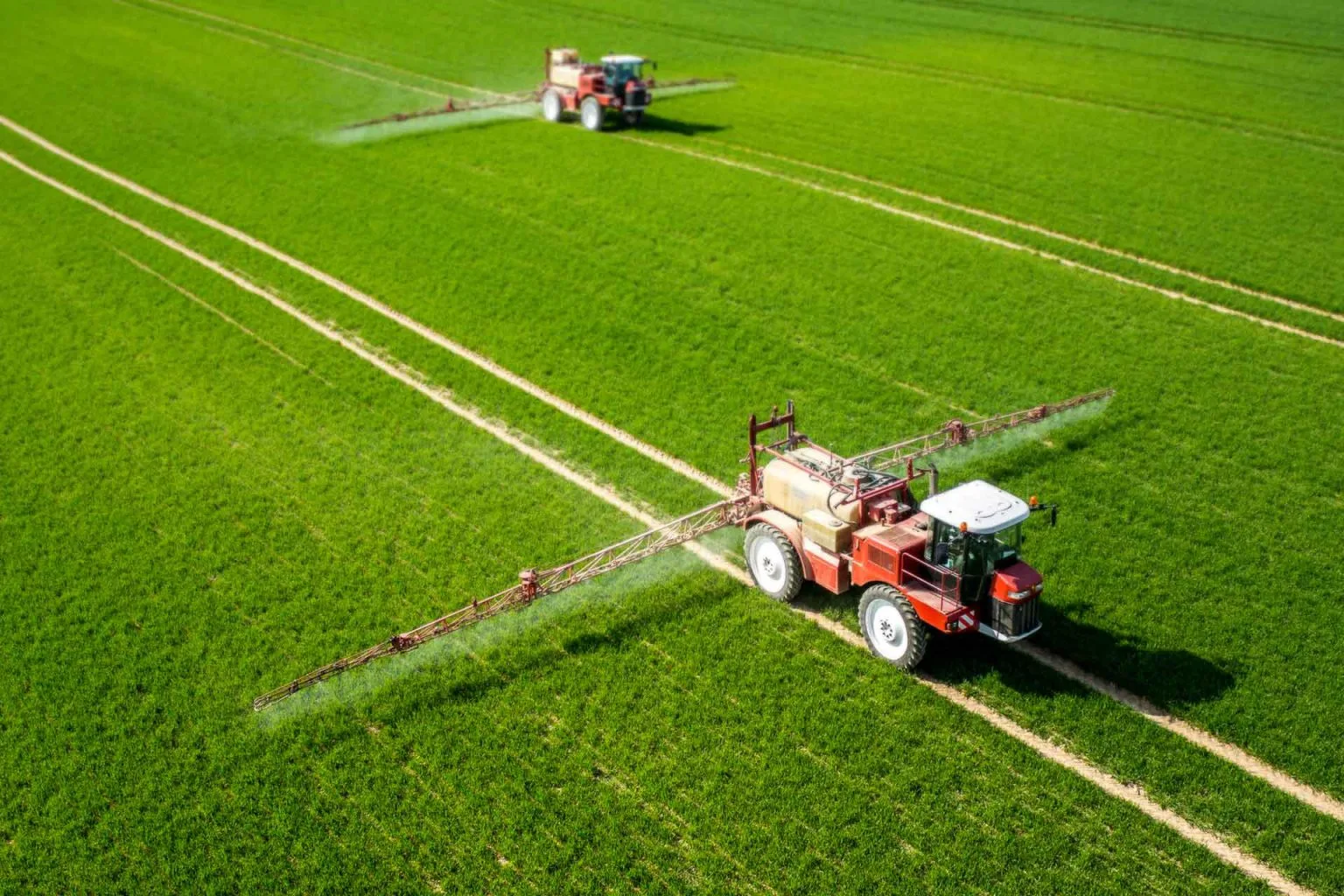
Active STABILIZER™ PLUS
Active AgriScience provides a solution to broad acre nitrogen protection with our next-generation nitrogen stabilizer. Active STABILIZER™ PLUS is a dual nitrogen stabilizer which inhibits both forms of nitrogen loss through volatilization and nitrification. In comparison to DCD products, the DMPP in Active STABILIZER™ PLUS offers a superior efficacy and no bioaccumulation.
Not only does this product inhibit nitrogen fertilizer loss and pollution, but it is also an economical choice for farmers. With as little as a 1% yield advantage it now makes more financial sense to treat urea or UAN fertilizer than not. ACTIVE STABILIZER™ PLUS, offering the triple incentives of using less fertilizer more effectively, boosting crop yields, and reducing nitrous oxide emissions can be a win-win for the farmer and the environment.
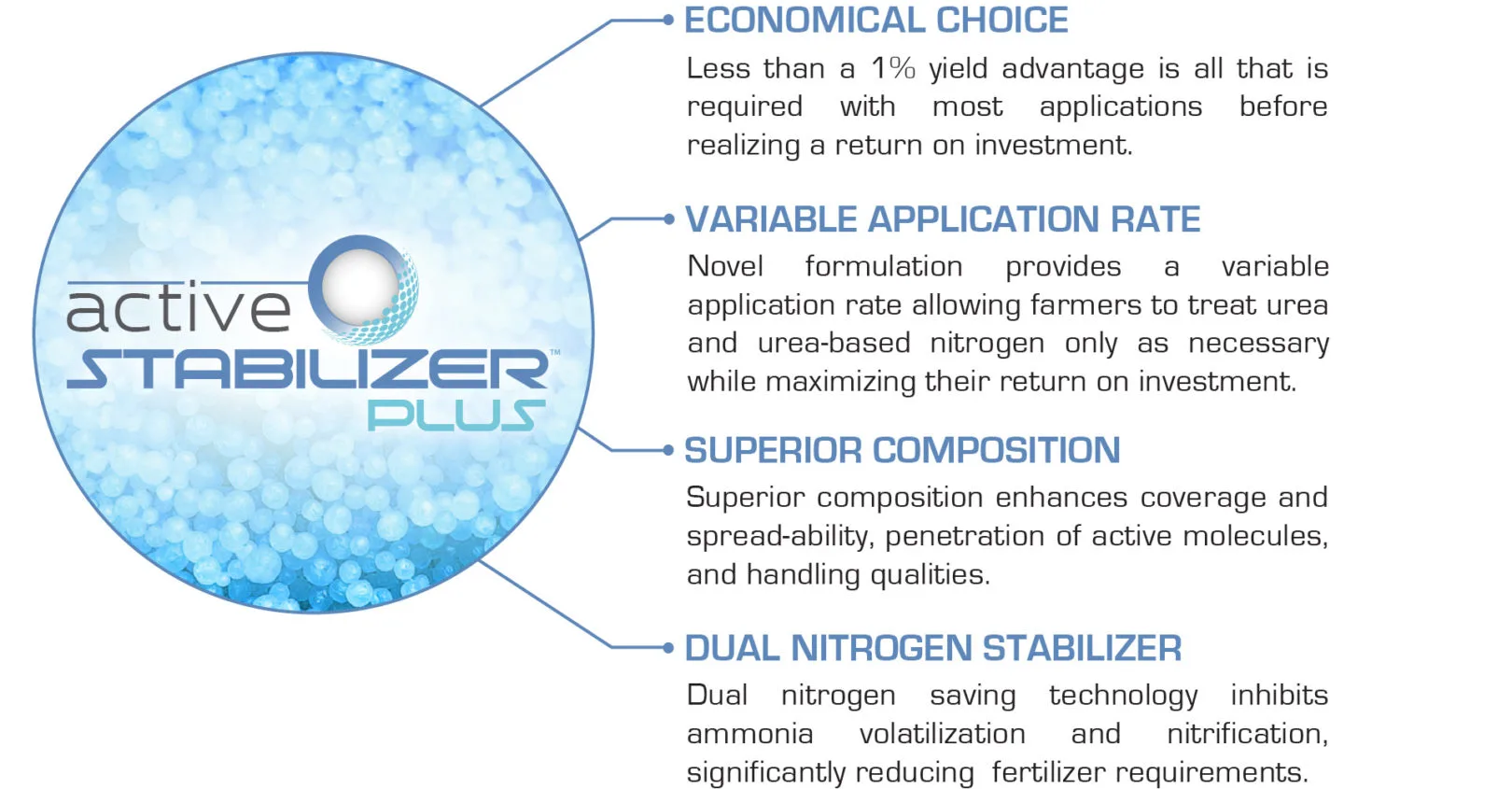
Active AgriScience is proud to be constantly pushing the boundaries of agricultural technology. We hope that products like Active STABILIZER™ PLUS will be a big step forward in the agricultural industry and be part of the solution to current global problems. To learn more about how Active STABILIZER™ PLUS works, visit: activeagri.com/active-stabilizer-plus.
